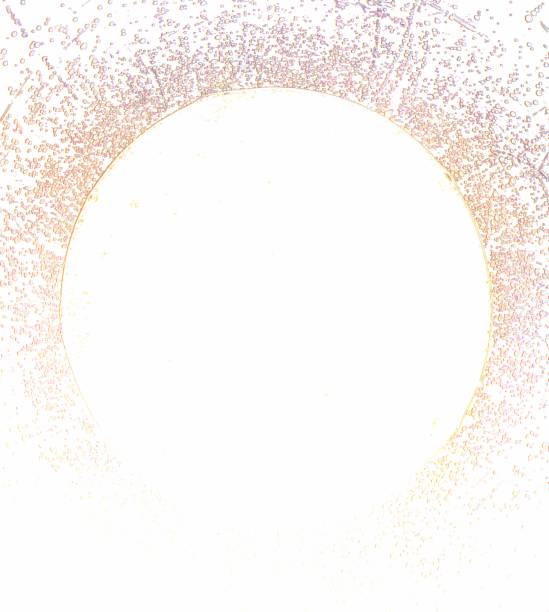**Synesthesia in Art: A Sensory Exploration Beyond the Canvas**
Immerse yourself in the captivating world of synesthesia in art, a sensory phenomenon that blurs the boundaries between sight, sound, touch, and more. This intriguing artistic movement offers a fresh way of experiencing and interpreting art, and is increasingly gaining recognition in the global art scene.

The Phenomenon of Synesthesia
Synesthesia is a neurological condition where stimulation of one sensory pathway leads to involuntary experiences in a second sensory pathway. In simpler terms, it is a blending of the senses. For instance, a synesthete might ‘see’ music, ‘taste’ words, or ‘hear’ colors. This unusual sensory perception has long been a source of fascination and inspiration for artists, leading to the development of a unique artistic movement where the objective is to recreate the intriguing experiences of synesthetes.
A Rich Historical Context
While the term ‘synesthesia’ was not coined until the 19th century, evidence of synesthetic experiences can be traced back to ancient times. Greek philosophers like Aristotle hinted at the intertwining of the senses in their writings. The Romantic poets of the 18th century, such as Baudelaire and Rimbaud, also described synesthetic experiences in their works. However, it was in the late 19th and early 20th century that synesthesia began to significantly influence the world of visual art. Pioneers such as Wassily Kandinsky and Paul Klee created artworks that sought to articulate the synesthetic experience, paving the way for the modern synesthetic art movement.
The Modern Synesthetic Art Movement
Today, synesthetic art is gaining momentum as it provides a fresh and immersive experience to the audience. Contemporary artists like Carol Steen and Marcia Smilack use their personal synesthetic experiences to create art that visually represents sounds, tastes, or other sensory perceptions. This art movement is not limited to visual arts alone. Musicians like Pharrell Williams and Kanye West, who identify as synesthetes, incorporate their synesthetic experiences into their music, creating a multi-sensory experience for their listeners.
The Impact and Reception of Synesthetic Art
Synesthetic art has significantly broadened our understanding of sensory perception and its role in creative expression. It challenges traditional boundaries between different art forms and sensory experiences, encouraging viewers to engage with art in a more immersive and personal manner. This has led to its growing acceptance and popularity among art enthusiasts and critics.
The Future of Synesthetic Art
Technology is playing a pivotal role in expanding the possibilities of synesthetic art. Virtual and augmented reality technologies are being used to create immersive synesthetic experiences for viewers. Initiatives like the ‘Synesthesia Suit’ developed by the Keio University in Japan allow users to ‘feel’ colors and shapes, promising an exciting future for this unique art movement.
In conclusion, synesthetic art offers a fresh perspective on artistic expression and sensory perception. By blending the boundaries between the senses, it provides an immersive and personal experience that is gaining increasing recognition in the arts and entertainment world. The continued exploration and development of this art form promise exciting possibilities for the future of artistic expression.




